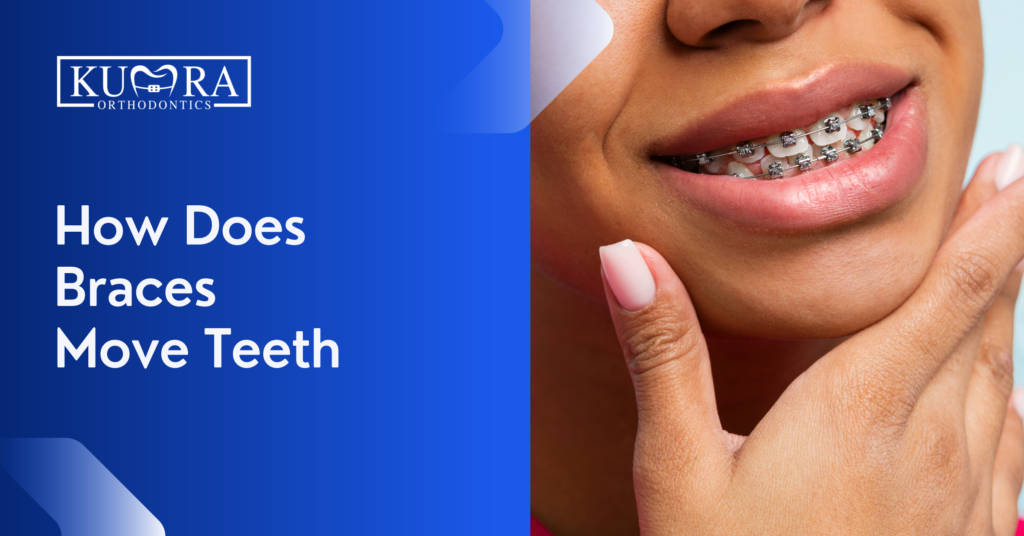Top Guidelines Of Legacy Orthodontics
Top Guidelines Of Legacy Orthodontics
Blog Article
How Legacy Orthodontics can Save You Time, Stress, and Money.
Table of ContentsNot known Details About Legacy Orthodontics Some Known Factual Statements About Legacy Orthodontics Some Ideas on Legacy Orthodontics You Should Know3 Easy Facts About Legacy Orthodontics DescribedThe Buzz on Legacy Orthodontics
In enhancement, we supply flexible therapy timetables, adaptable payment choices and a fun, pleasurable experience.An orthodontist is a dentist educated to identify, protect against, and deal with teeth and jaw irregularities. Orthodontists work with individuals of all ages, from youngsters to adults.
Malocclusion, or misaligned teeth, can bring about oral issues, consisting of dental caries, gum condition, and challenging or uncomfortable eating. But not everybody is birthed with straight teeth. If you have a bad bite or large spaces between your teeth, you may want to get in touch with a dental professional focusing on orthodontic treatment.
The Definitive Guide to Legacy Orthodontics
( Picture Debt: DigitalVision/Getty Images) Orthodontists use taken care of and detachable oral devices, like braces, retainers, and bands, to change the setting of teeth in your mouth. Orthodontic treatment is for dental abnormalities, consisting of: Uneven teethBite issues, like an overbite or an underbiteCrowded teeth or teeth that are as well far apartJaw misalignmentThe goal of orthodontic therapy is to boost your bite.
While you may believe of orthodontists as generally for youngsters or teens that need dental braces, they can correct dental problems at any kind of age. Orthodontists go to university, dental institution, and orthodontic school.
All orthodontists are dental experts, however not all dental practitioners are orthodontists. Orthodontic residency programs use intensive, concentrated direction for dental experts. They focus on two locations: How to correctly and safely relocate teeth Just how to properly lead advancement in the teeth, jaw, and faceOnce an orthodontist has actually finished training, they have the choice to come to be board accredited.
The 7-Minute Rule for Legacy Orthodontics
Malocclusion leads to tooth overcrowding, an askew jaw, or uneven bite patterns. Malocclusion is usually treated with: Your orthodontist attaches metal, ceramic, or plastic square bonds to your teeth.
Some individuals require a headwear to help move teeth right into line with pressure from outside the mouth. A retainer is a personalized tool that keeps your teeth in area.
They're usually utilized on youngsters. They can create extra space in the mouth without having to pull teeth. If you have a significant underbite or overbite, you might need orthognathic surgical treatment (likewise called orthodontic surgical treatment) to extend or reduce your jaw. Orthodontists use cables, medical screws, or plates to support your jaw bone.
You might require to see an orthodontist if you have: Crowding or not sufficient area for all of your teethOverbite, when your upper teeth come over your bottom teethUnderbite, when your base teeth are also much forwardSpacing or concerns with gapsCrossbite, which is when your top teeth fit behind your base teeth when your mouth is closedOpen bite or a vertical space in between your front base and upper teethMisplaced midline, when the center of your bottom and top teeth don't line up Fixing a dental malocclusion can: Make attacking, eating, and talking easierImprove the balance of our face and your general appearanceEase discomfort from temporomandibular joint conditionsDifferent your teeth and make them much easier to cleanse, assisting stop dental cavity or tooth cavities It's often a dental practitioner that initially notices misaligned teeth throughout a routine test.
3 Easy Facts About Legacy Orthodontics Explained

During your initial orthodontic consultation, you'll likely have: An oral examPhotos taken of your face and smileDental X-raysPanoramic (360 degree) X-rays of your face and headImpressions to produce mold and mildews of your teethThese tests will help your orthodontist know exactly how to wage your therapy. leesburg invisalign. An orthodontist is a dental expert who's had training to treat your teeth and jaw
Orthodontists might do surgical treatment, exams,X-rays,and even more to help you obtain a much more comfortable, much healthier smile. An orthodontist is concentrated on your bite, so something like a chipped tooth would certainly be taken care of by a dental practitioner. Orthodontists are dentists however not all dental professionals are orthodontists. Orthodontists are concentrated on your bite, or the method your teeth fit with each other, and the straightness of your teeth.
Ever before questioned just how celebs constantly appear to have completely straightened teeth? Orthodontists are dental specialists who focus on correcting abnormalities in the teeth and jaws.
How Legacy Orthodontics can Save You Time, Stress, and Money.

, orthodontists have a varied toolkit at their disposal. These tried-and-true dental braces use a system of brackets bonded to the teeth and connected by wires.
Clear aligners, like Invisalign, are a prominent choice for patients seeking a more very discreet treatment option. These removable trays are customized to gradually move the teeth's placement. Headgear might be made use of in conjunction with braces or aligners to apply added targeted pressures, especially for dealing with jaw discrepancies. In cases of slim jaws, palatal expanders can be made use of to develop space for proper tooth positioning.
Report this page